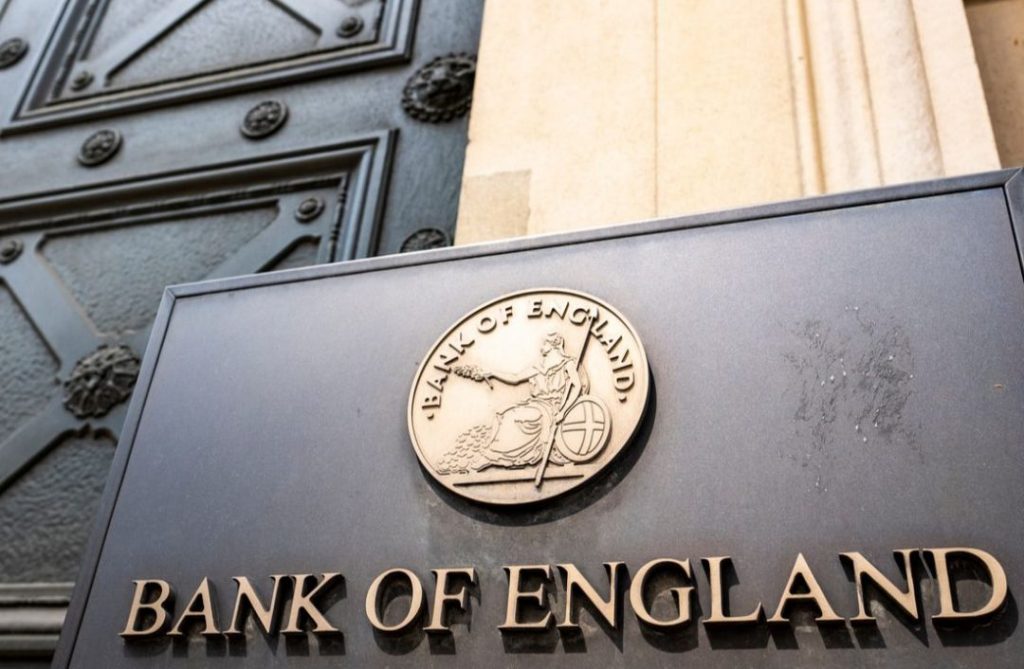UK Local Elections: Results and Impact on Pound
Whilst the United Kingdom will have to wait until the following week to hear from the Bank of England and whether it will opt to emulate its counterparts at the Federal Reserve and European Central Bank, the major news today is expected to be the outcomes of uk local elections that occurred yesterday. Results thus far seem to affirm what many had anticipated, losses for the ruling Conservative party and gains for both Labour and the Liberal Democrats.
This pattern is hardly surprising given the substantial lead currently held by the Labour party in public opinion polls. However, the focus will be on the degree to which this translates into success at the ballot box, which should become evident throughout the day. Unless there are any unexpected outcomes from today’s vote counting, the British pound appears to be benefiting from a period of relative tranquility in the United Kingdom’s news and data landscape.
It has risen against both the euro and the dollar during early trading, as markets continue to assimilate yet another round of policy rate tightening. Whether this trend continues, however, will depend on how markets perceive the forthcoming rate decision from the Bank of England next week. With a significant disparity in expectations emerging between markets and economists, there remains a risk of a sharp decline in the pound following the decision, which could unsettle the markets.
ECB Policy Decision: Market Skepticism and Communication Challenges

Regarding the European Union, following the Federal Reserve’s rate hike on Wednesday, the noteworthy news on Thursday came from across the Atlantic, where it was the European Central Bank’s turn to announce a policy decision. In line with the expectations of both economists and the market, the ECB reduced the magnitude of interest rate hikes and chose to raise policy rates by 25 basis points.
Although this move did not come as a surprise to the markets, the euro declined by approximately seven tenths against the dollar between the initial announcement and the conclusion of President Lagarde’s press conference. It has since recovered some of these losses. This decline reflects market sentiment that was skeptical of Lagarde’s message, suggesting that the ECB still has “more ground to cover” in addressing inflation. Consequently, expectations for the ECB’s terminal rate were lowered by more than 10 basis points in response.
This recent development underscores the communication challenges that the ECB is likely to face in guiding the markets in the coming months as it approaches the terminal stage of policy tightening. In our opinion, the ECB will probably raise rates several more times, with a terminal rate of 3.75% being the most probable outcome. Assuming that ECB policymakers share this view, their communications in the upcoming days are likely to align with this direction, a move that we anticipate will support the euro in the coming weeks.
Banking Stocks Decline and Profitability Concerns in the United States

Regarding the United States, a significant portion of yesterday’s session was spent digesting the latest policy rate announcement from the Federal Open Market Committee (FOMC). While the initial reaction of foreign exchange (FX) markets to Wednesday’s decision was relatively subdued, the same cannot be said for regional banking stocks, some of which experienced significant declines in after-market trading.
This downward trend persisted throughout yesterday’s session. Particularly, PacWest and Western Alliance witnessed substantial falls, raising concerns about whether another bank resolution will need to be addressed before the markets reopen on Monday. Alarmingly, these declines occurred despite a widespread consensus that the Fed is likely to pause rate hikes in June. This suggests that additional pressure on these banks is unlikely to arise from tightening monetary policy.
More significantly from an FX standpoint, the focus appears to be shifting from concerns about deposit flight to worries regarding the long-term profitability of the business models employed by many regional banks in the United States. The current FOMC policy rate stands at 5.00% – 5.25% and is expected to remain at that level for some time. With lingering concerns over financial stability and tightening credit conditions as a consequence, today’s labor market data should provide an indication.


